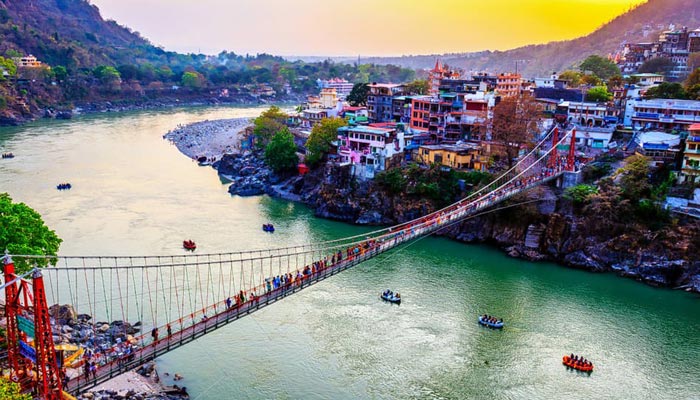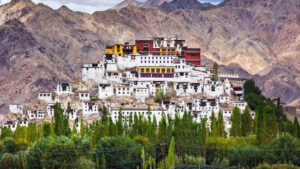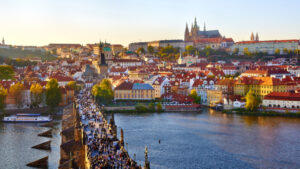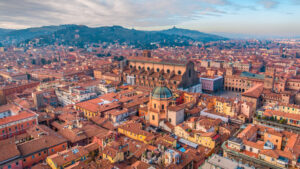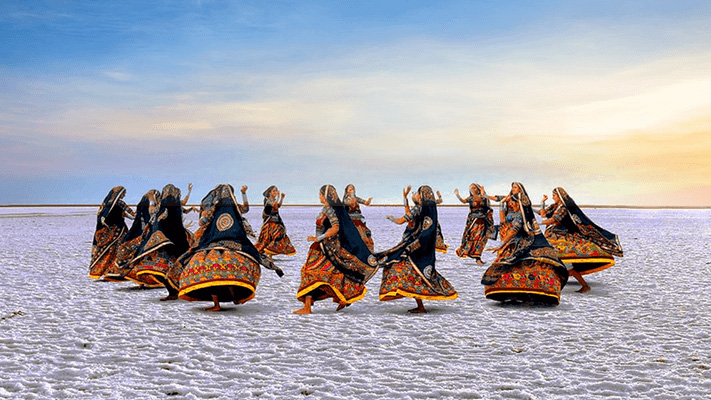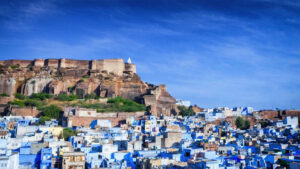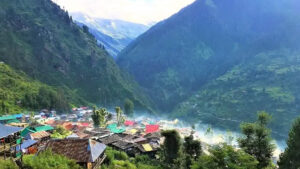GANGA – THE SIGNIFICANCE AND IMPORTANCE OF HOLY RIVER

Ganges River, great river of the plains of the northern Indian subcontinent. Although officially as well as popularly called the Ganga in Hindi and in other Indian languages, internationally it is known by its conventional name, the Ganges. From time immemorial it has been the holy river of Hinduism.
The Ganges is the largest river in India with a profound religious significance. It is known by several names, including Jahnavi, Gange, Shubhra, Sapteshwari, Nikita, Bhagirathi, Alaknanda, and Vishnupadi. Nothing can match the ever-lasting divinity of the holy River Ganga; the sacred river is a true mother by all means.

For most of its course it is a wide and sluggish stream, flowing through one of the most fertile and densely populated regions in the world. Despite its importance, its length of 1,560 miles (2,510 km) is relatively short compared with the other great rivers of Asia or of the world.
The Story of River Ganga
Bhagiratha was a legendary king of the Ikshvaku dynasty. He brought the River Ganga to Earth from the heavens because only shecould bestow nirvana to Bhagiratha’s ancestors who were cursed by Sage Kapila. After years of great penance, River Ganga descended on Earth and Lord Shiva agreed to channelize her flow. Therefore, River Ganga flowed from Lord Shiva’s hair. The place where the sacred river originated is known as Gangotri in present times, and since the river originated from Lord Shiva’s Jata (hair) it is also called Jatashankari.

While flowing, the Ganga demolished the ashram of sage Jahna who became furious and stopped her movement. On Bhagirath’s appeal, the sage freed her; therefore, Ganga is also called Jahnavi. The Ganga then reached sage Kapil’s ashram, where Bhagirath’s ancestors were burnt to ashes and liberated to rest in peace.
The Religious Connection
The Ganga is the only river that flows from all the three worlds – Heaven/Swarga, Earth/Prithvi, and Hell/Patala. The person who has traveled to all three worlds is addressed as Tripathaga in the Sanskrit language.
In Hinduism, the holy River Ganga is personified and personalized as the Goddess Ganga. The followers of the Hindu religion believe that bathing in the pious Ganga can help wash all sins. People also believe that a mere touch of the river can help attain moksha (salvation) and so the ashes of the dead are immersed in the sacred river.
Lifeline of India
Because it provides water to 40% of India’s population, the Ganga is considered a lifeline of India. Additionally, it is a source of irrigation for a wide variety of crops. The Ganges Basin has fertile soil that largely influences the agricultural economies of India and its neighboring country of Bangladesh. River Ganga also supports fishing industries, making it an agricultural and professional necessity for the livelihood of Indians.

Religious Tourism
Varanasi, Haridwar, Gangotri, Allahabad, and Rishikesh are the prime destinations that have great religious significance for Hindu devotees. Allahabad and Haridwar are renowned for organizing Kumbh Mela, a grand religious fair, and Haridwar is revered as the “Gateway to Heaven.” These beautiful cities located on the banks of Ganga are visited by many travel enthusiasts.

The Ganga Aarti
The famous Ganga Aarti takes place at twilight every day and is an incredibly moving ceremony. All the ghats are filled with the aroma of flowers and the fragrance of incense sticks. Several priests perform this ritual by carrying deepam and moving it up and down in a rhythmic tune of bhajans. Many Sodha Travelers have communicated that the Aarti was a profound highlight of their Indian experience, and we agree!

Ganga Adventure Tourism
The Ganga has become a source of adventure tourism in Rishikesh, as its fast-flowing emerald waters treat adventure buffs with river rafting, kayaking, and body surfing. The river becomes unpredictable when flowing over treacherous terrain, creating epic rapids. Slow boats are also available, permitting travelers to watch the beautiful scenery and observe the Indian culture and traditions.
Festivals along the Ganges
The banks of the River Ganges host hundreds of Hindu festivals and celebrations each year.

For example, on the 10th of the month of Jyestha (falling between the end of May and the beginning of June on the Gregorian calendar), the Ganga Dussehra celebrates the descent of the sacred river to earth from heaven. On this day, a dip in the holy river while invoking the Goddess is said to purify sins and wipe away physical ailments.
The Kumbh Mela, another sacred ritual, is a Hindu festival during which pilgrims to the Ganges bathe themselves in the sacred waters. The festival occurs in the same place only every 12 years, though a Kumbh Mela celebration can be found annually somewhere along the river. It is considered to be the world’s largest peaceful gathering and is featured on UNESCO’s list of Intangible Cultural Heritage.
Mythological Origins of the River
There are many renditions of the River Ganges’ mythical origins, owing in part to the oral tradition of India and Bangladesh. It is said that the river gave life to the people, and, in turn, people gave life to the river. The name of Ganga appears only twice in the Rig Veda, an early sacred Hindu text, and it was only later that Ganga assumed great importance as the goddess Ganga.
One myth, according to the Vishnu Purana, an ancient Hindu text, illustrates how the Lord Vishnu pierced a hole in the universe with his toe, allowing goddess Ganga to flow over his feet into heaven and down to earth as the waters of the Ganges. Because she came into contact with Vishnu’s feet, Ganga is also known as Vishnupadi, meaning a descent from Vishnu’s lotus feet.
Dying by the Ganges
The land over which the Ganges flows is regarded as hallowed ground, and it is believed that the holy waters of the river will purify the soul and lead to a better reincarnation or liberation of the soul from the cycle of life and death. Because of these strong beliefs, it is common for Hindus to spread cremated ashes of dead loved ones, allowing the sacred water to direct the soul of the departed.

Ghats, or flights of stairs leading to a river, along the banks of the Ganges are known for being holy Hindu funeral destinations. Most notably are the Ghats of Varanasi in Uttar Pradesh and the Ghats of Haridwar in Uttarakhand.
The Ganges River carries nutrient rich sediment as it flows, depositing fertile soil along its shores. This has allowed civilizations to develop and thrive along the waterway for centuries. Today, the river flows through well-populated regions of India, providing freshwater to the millions of people living in these regions. The river is also used for fishing, irrigation, and bathing, and it is worshiped in the Hindu religion as the Mother Ganga. As the river empties into the Bay of Bengal, the mouth forms the Ganges River Delta, the largest river delta in the world.


